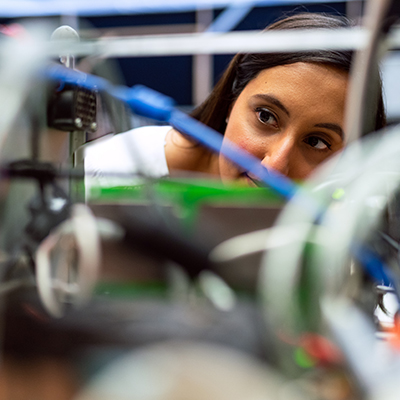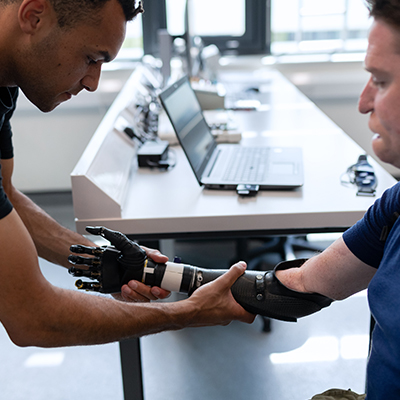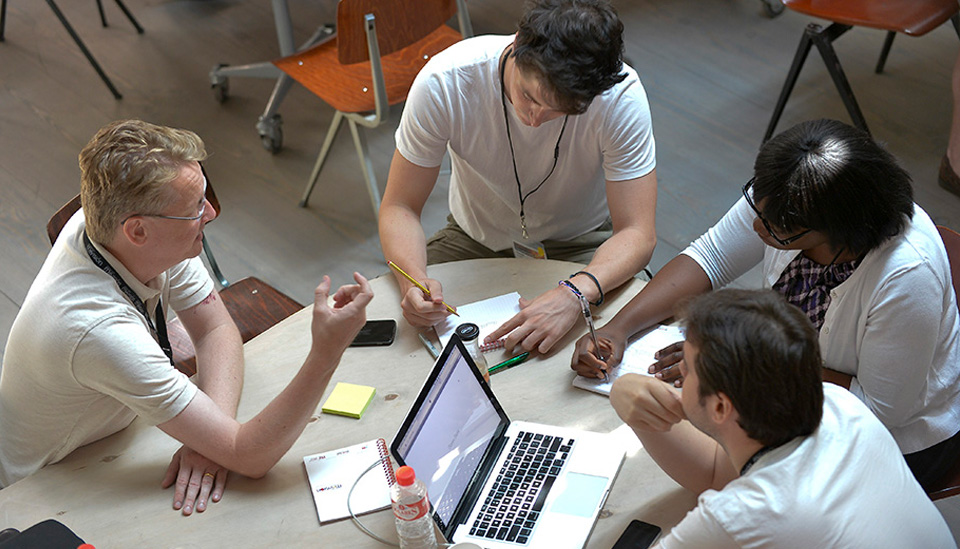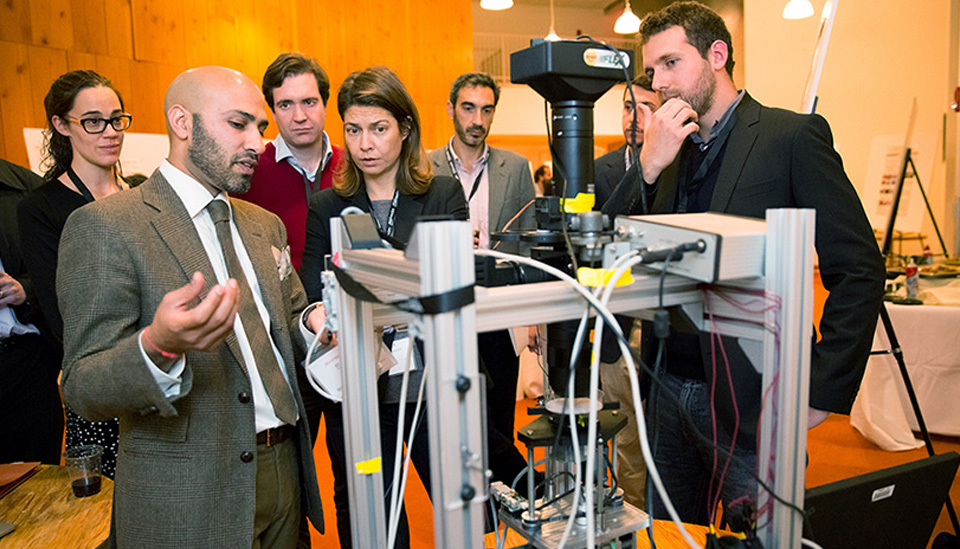The Catalyst Fellowship
Real problems you identify. Breakthrough ideas you develop with elite collaborators. Research unconstrained by the limits of a single lab or organization. As a Catalyst Fellow at MIT linQ, you'll master the proven method behind successful medical technologies by working alongside clinicians, engineers, and entrepreneurs. Transform your approach to biomedical technology innovation and accelerate your career as a leader.
We recruit multi-talented cohorts, including:
Why join Catalyst
The first six months
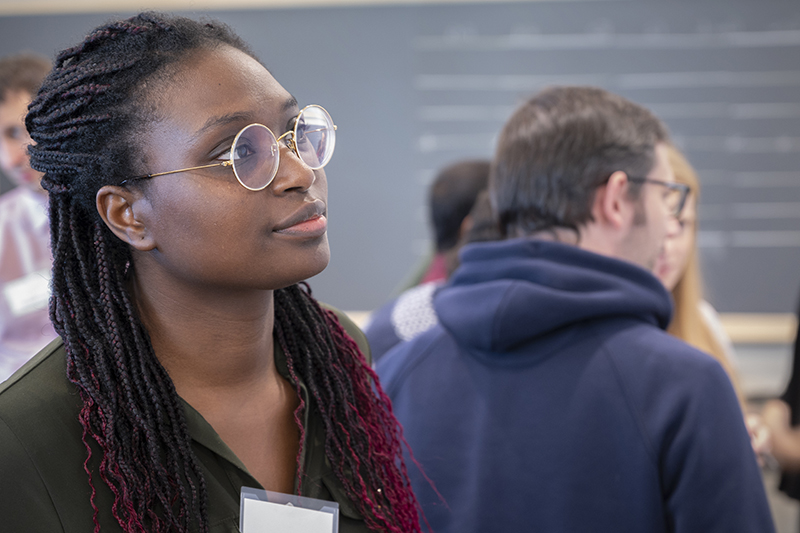

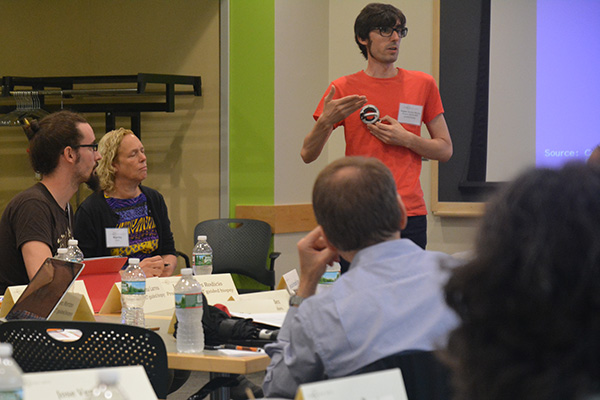

Experience highlights


New project discovery with high potential to achieve health impact and without the constraints of a single lab or organization.
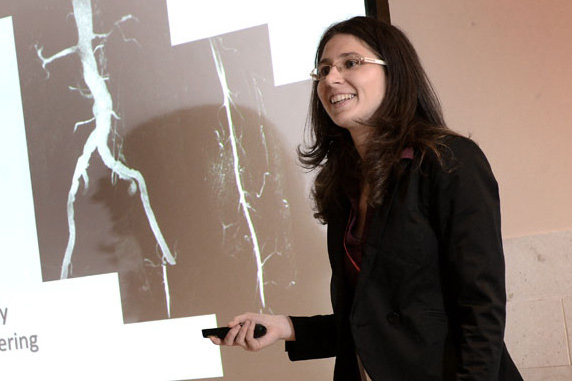

Process driven by you in a multi-disciplinary team based environment. Past teams have established new lines of research, launched start-ups, and embarked on new career trajectories.
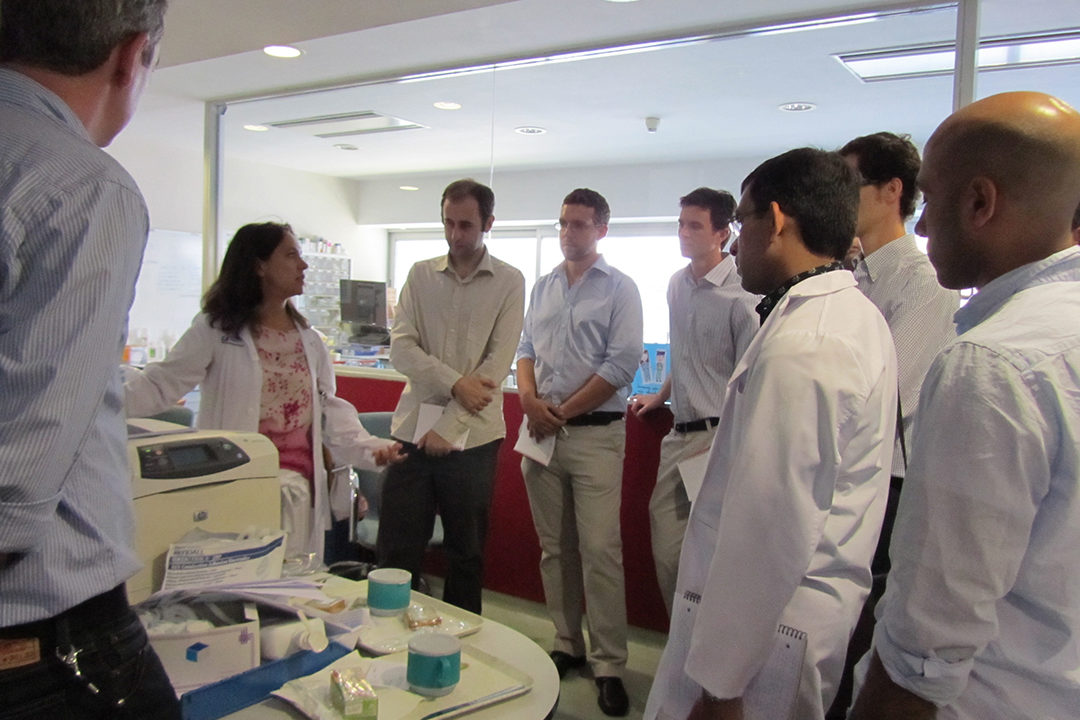

Mentored by a unique network of leading experts in their field from academic research and industry that shortens the time to realize meaningful healthcare outcomes.
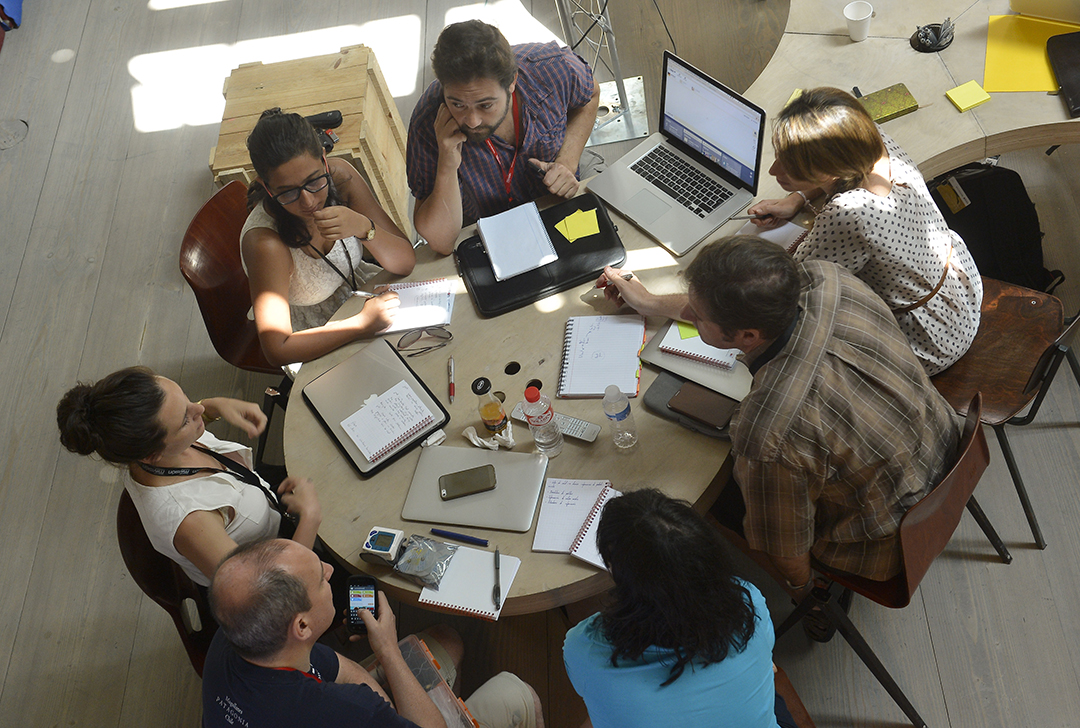

A proven MIT linQ Innovation Method that focuses on real-world medical innovation opportunities and accelerates impact.
Catalyst projects: As wide-ranging as unmet medical needs
Catalyst Fellows’ projects range as widely as their discovery of unmet medical needs takes them. Past projects have included non-invasive measurement of white blood cells for chemotherapy patients, imaging biomarkers to target specific mental disorders, innovative contraception to reduce STI transmission, and many others across technical and clinical areas.
The breadth and variety of the Catalyst network means Fellows can discover and pursue innovation opportunities unconstrained by the needs and capabilities of a single organization. And our partnerships enable Fellows to dive deep into areas as diverse as pediatric healthcare, access to care in rural and underserved communities, and Veterans health.


AI-assisted detection of basal cell carcinoma
The most common form of skin cancer, basal cell carcinoma can have a disfiguring effect and even become fatal when not treated promptly. A team of 2024 Fellows are developing an approach to enable earlier discovery and more accessible intervention.


Novel technology for obstructive sleep apnea
The standard of care for OSA is cumbersome, uncomfortable, and noisy—undermining the very sleep people desperately need. A team formed in 2019 developed a new device that's easier to use, with hopes of helping people avoid serious downstream negative effects.
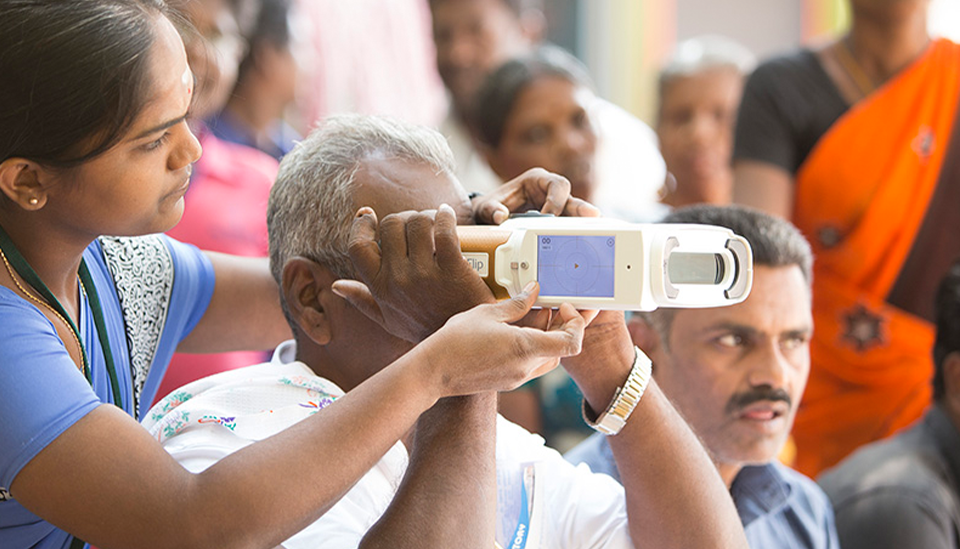

Mobile autorefraction to lower barriers to vision care
A 2011 team discovered the current practices and technologies for vision care were leaving more than a billion people without the correction they need. The technology they developed and commercialized is transforming vision care access for millions globally.
Catalyst partners








